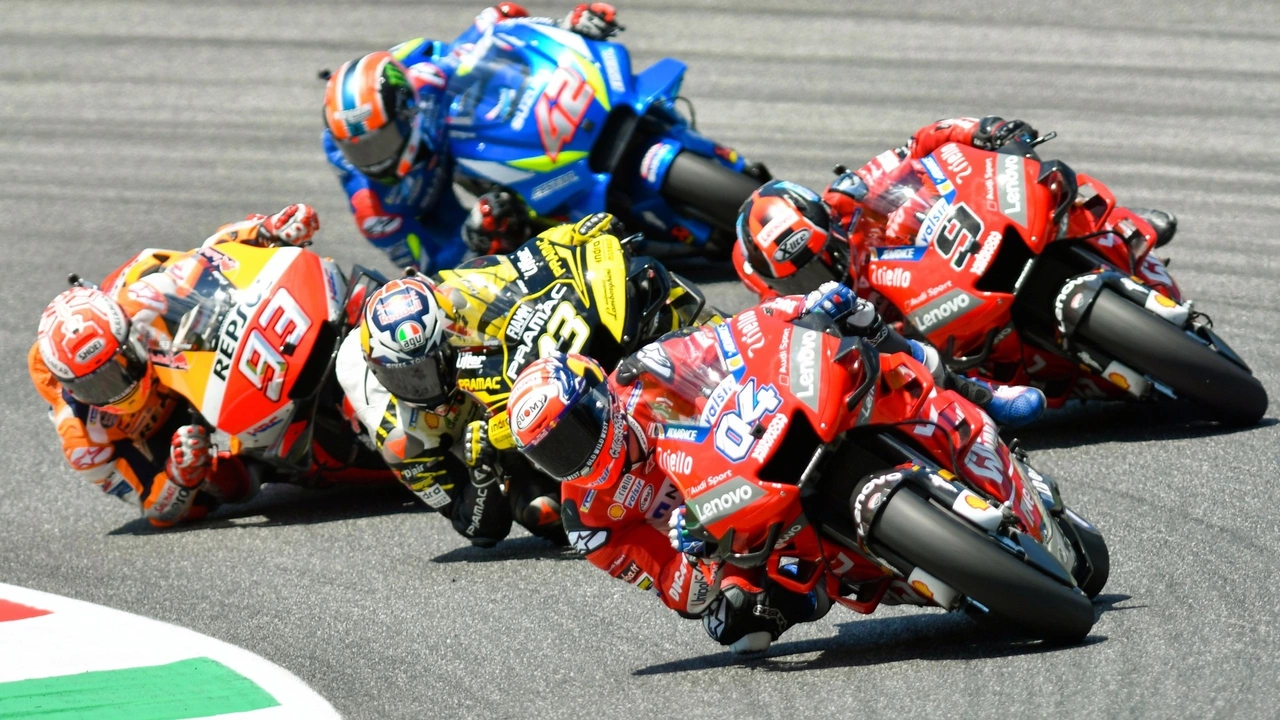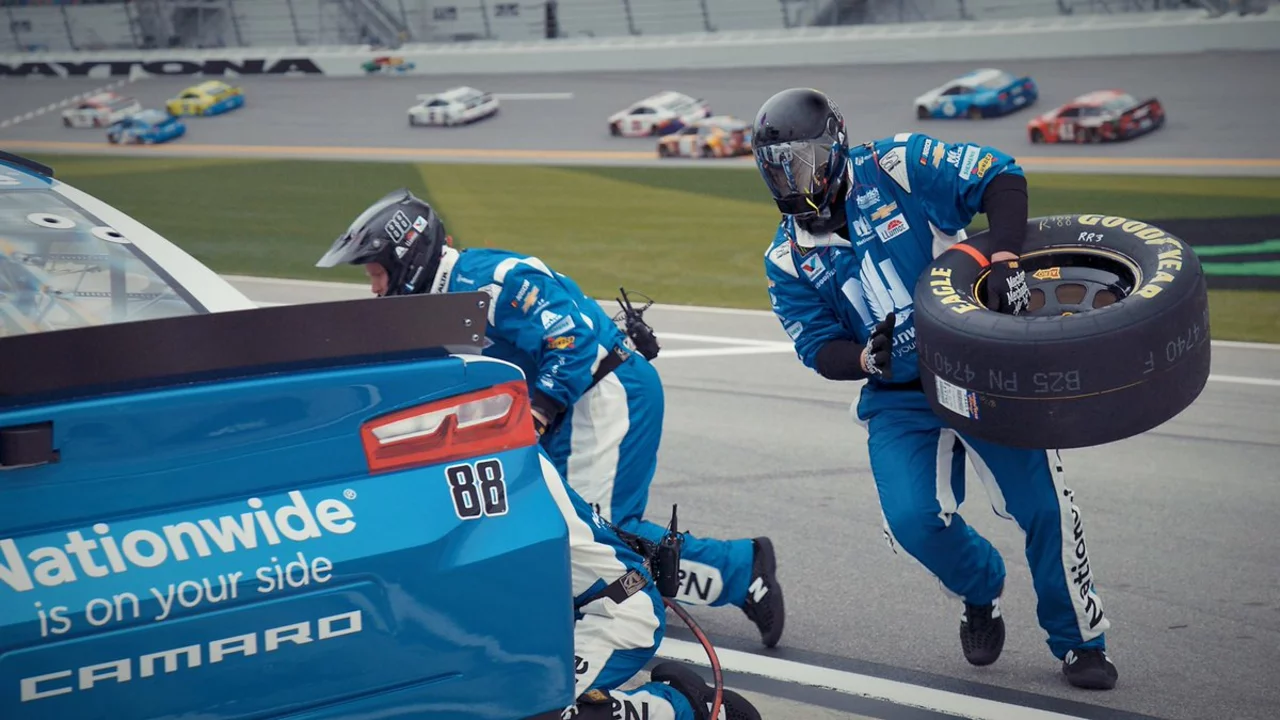May 2023 Motorsports Archive: MotoGP Nationalities & Driver Practice Habits
Welcome to our May 2023 roundup. In just two short posts we tackled two big questions that pop up on any racing forum: Why do Spanish and Italian riders dominate MotoGP, and how much time do professional racecar drivers spend on the track? Grab a coffee, and let’s break it down.
Why Spanish and Italian Riders Lead MotoGP
First off, think about the streets of Valencia or the hills of Tuscany. Both places have a deep love for two‑wheel action. Kids grow up hearing the roar of a bike on the weekend, and local schools often run junior racing programs. That early exposure builds a talent pool that’s hard for other nations to match.
Another key piece is the racing academies. Spain’s Escuela de Motociclismo and Italy’s Scuola Moto Racing pour resources into scouting, coaching, and providing cheap track time. When a youngster can practice on a real circuit without breaking the bank, skills develop fast.
Then there’s the hero factor. Legends like Valentino Rossi, Marc Márquez, and Francesco Bagnaia become household names. Young fans see them on TV, want to copy their moves, and ask their parents for a bike. Those role models create a feedback loop that fuels the next generation.
Finally, the national championships in Spain (CEV) and Italy (Campionato Italiano Velocità) are competitive and well‑structured. Riders get race experience early, and scouts from MotoGP teams watch these series closely. The result? A steady stream of Spanish and Italian talent moving up the ladder.
How Much Do Pro Drivers Practice?
Switching from two wheels to four, you might wonder if Formula 1 or endurance racers train as hard as they look on TV. The answer is a big “yes.” Most pros spend six days a week behind the wheel, clocking 4–6 hours each day. That adds up to roughly 30‑36 hours of on‑track work per week.
But it’s not just about driving fast laps. Drivers also run simulator sessions, study data, and work on race craft with engineers. On days without track time they focus on fitness—cardio, strength, and neck work—to handle the G‑forces. Mental prep, like visualization and reflex drills, is another big chunk of the schedule.
Different series have different needs. An IndyCar driver may have a tighter calendar and squeeze in more simulator work, while a Le Mans team spreads practice over longer test days to fine‑tune endurance setups. Still, the core idea stays the same: consistent, high‑quality practice is the backbone of any pro’s success.
So next time you see a driver shaving seconds off a lap, remember the hours they’ve put in behind the wheel and off it. It’s a mix of raw talent, disciplined training, and that relentless grind we all admire.
That wraps up our May 2023 archive. Whether you’re curious about why certain nations dominate MotoGP or how pros keep their edge, we hope these insights give you a clearer picture of what fuels the world of motorsports.

